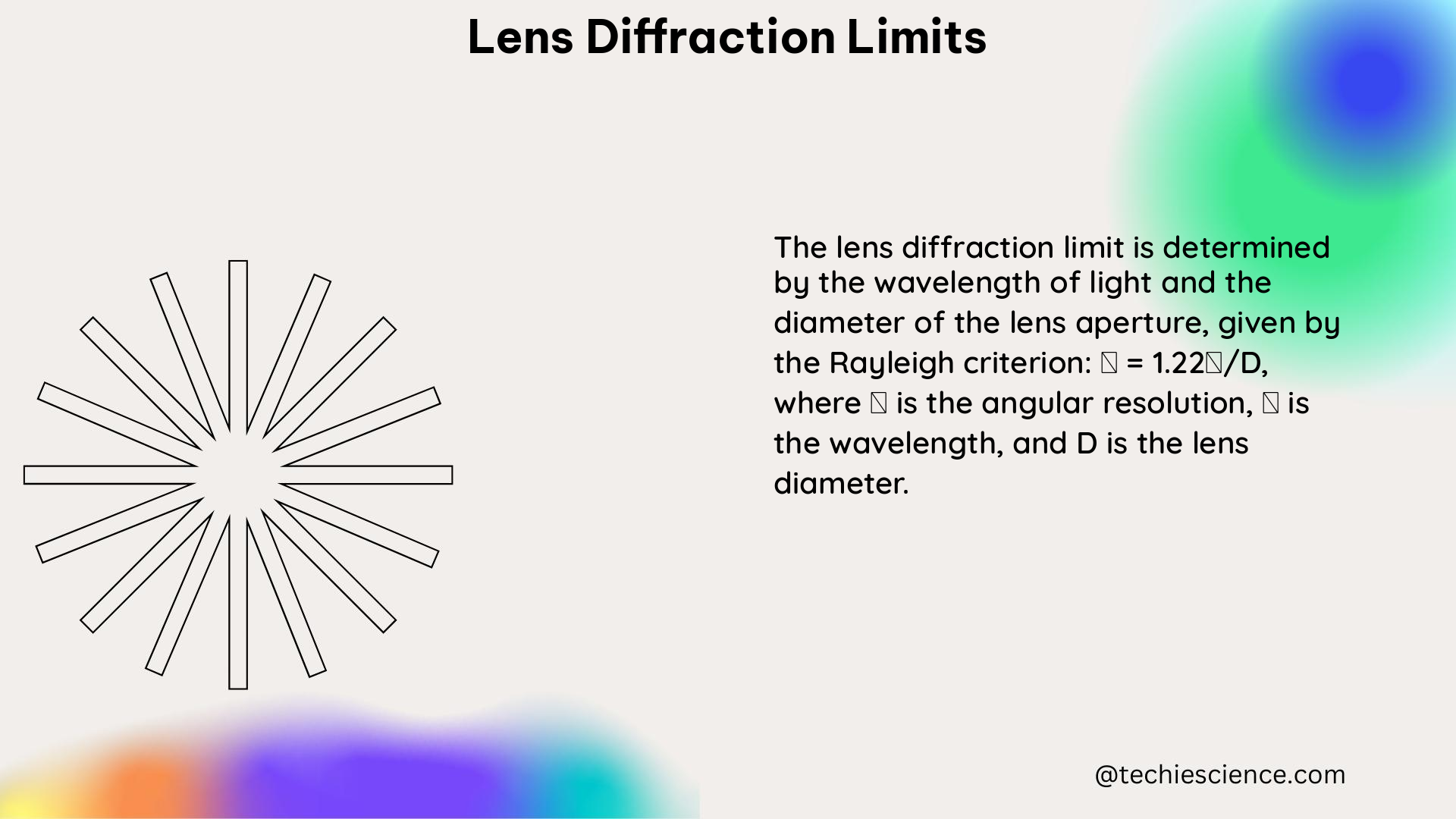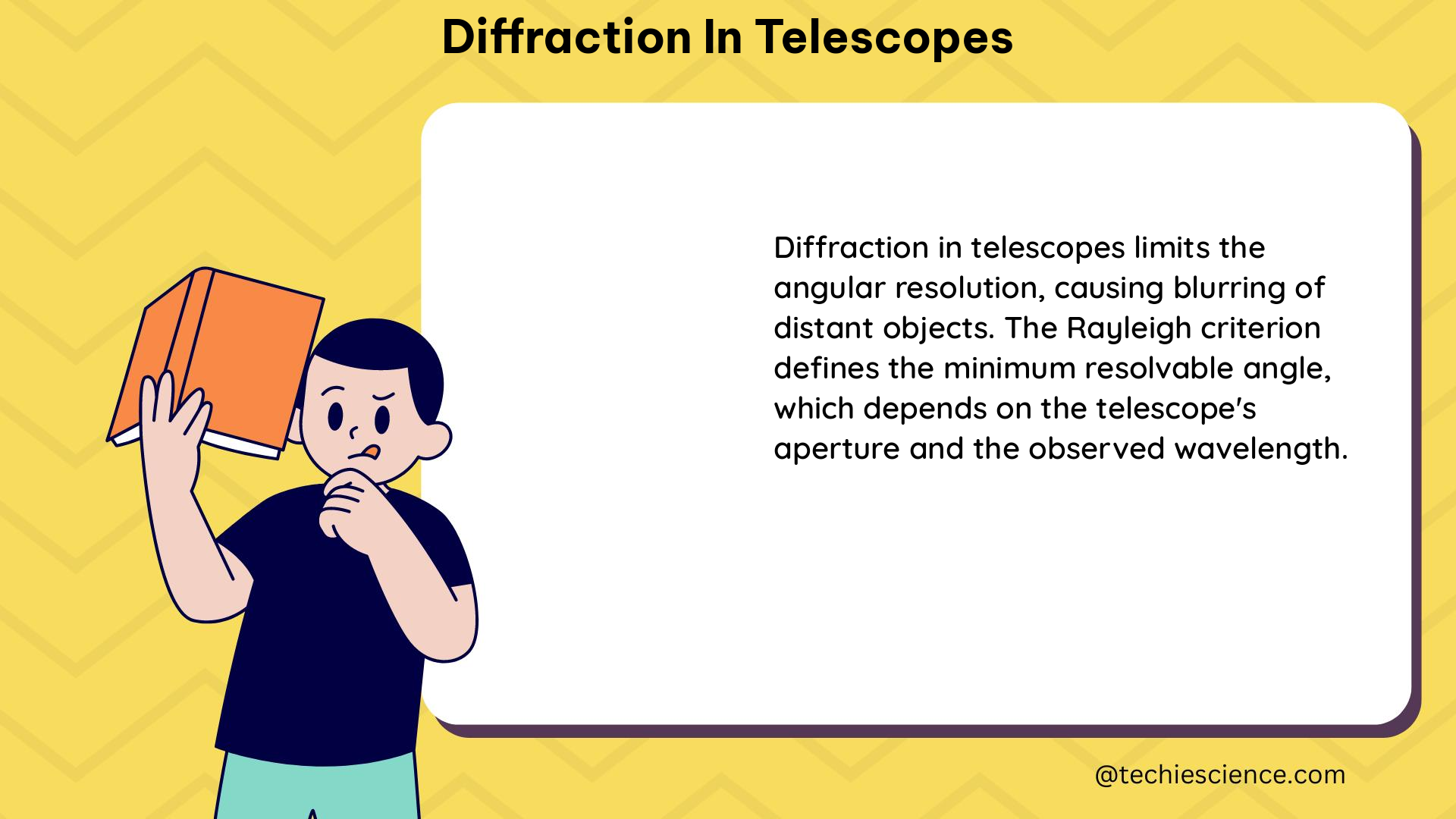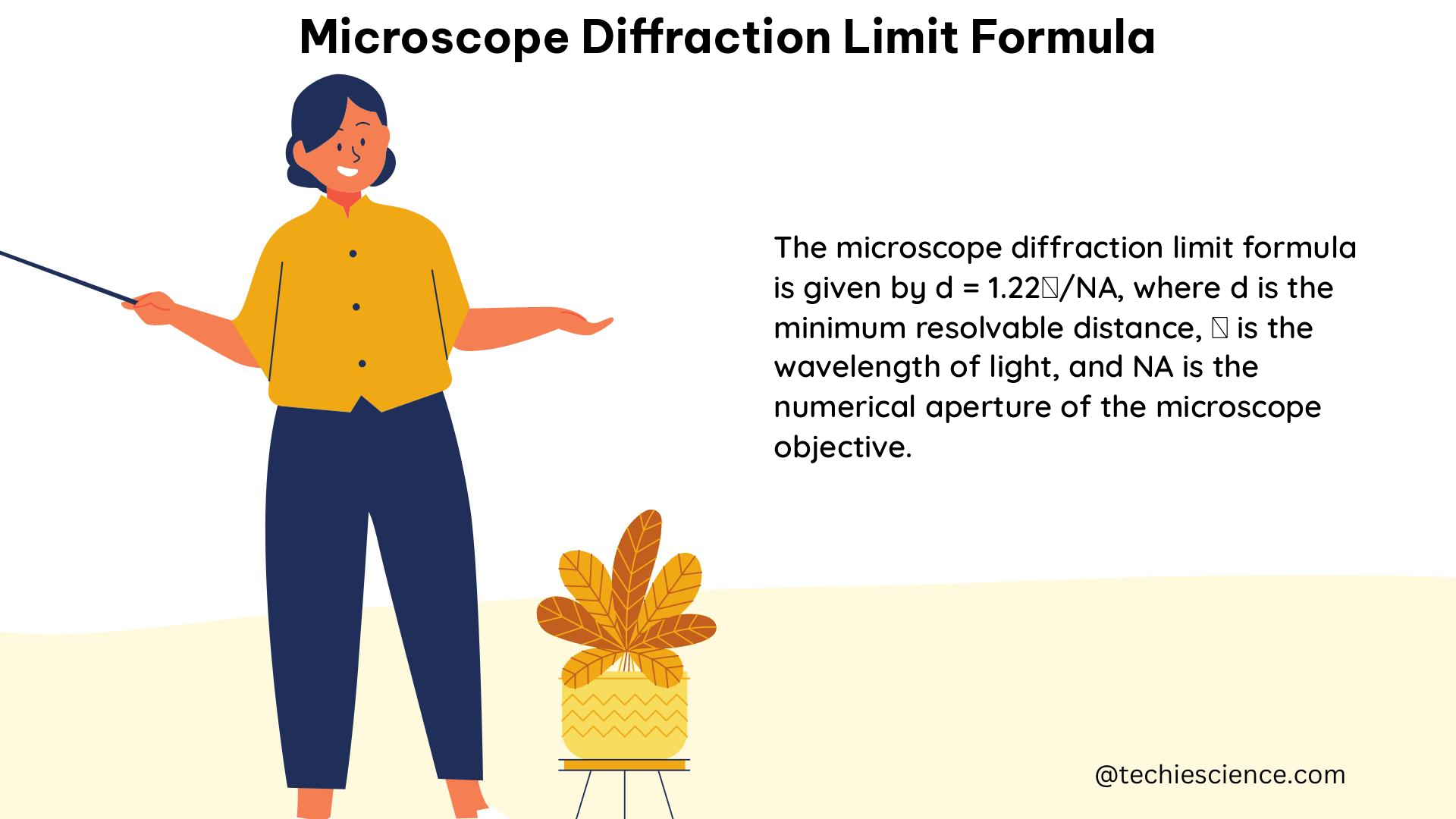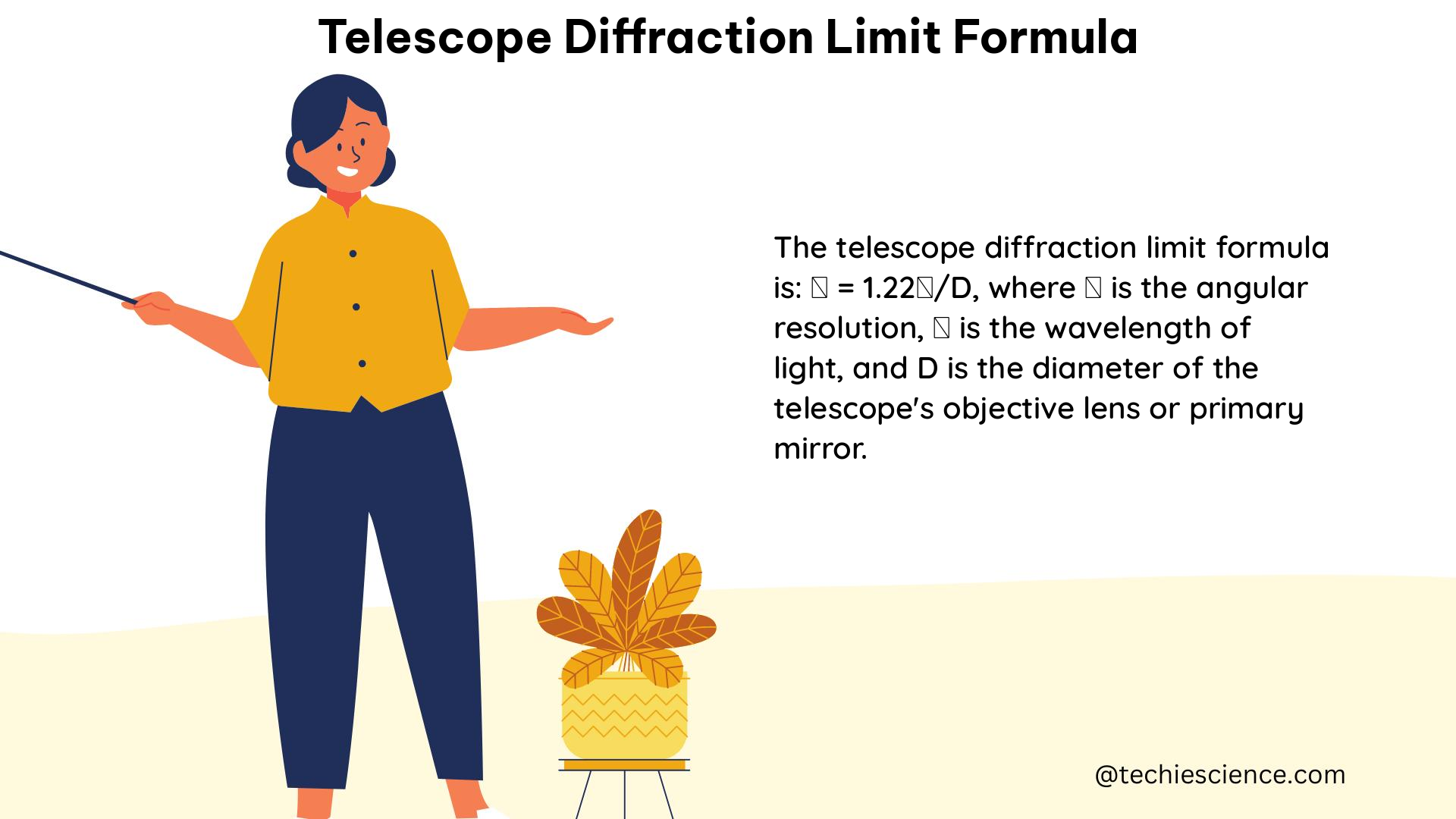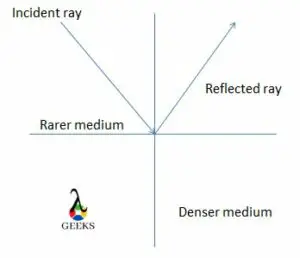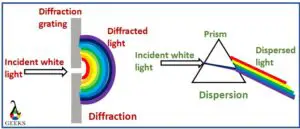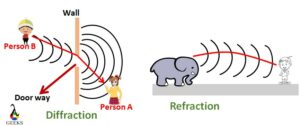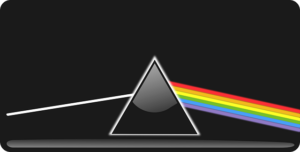Reflection vs diffraction is one of the standard search terms. Reflection deals with the light wave and Diffraction deals with light and sound.
| REFLECTION | DIFFRACTION |
| The bouncing of light is termed as a reflection | The bending of light in the corner is termed Diffraction |
| Reflection is concerned with the incident light bouncing back into the same medium | Diffraction is concerned with sound and light traveling from one medium to another |
| In reflection, light can be a particle or a wave | In Diffraction, the light has to be a wave |
On the basis of the comparison we shall discuss the three of the few factors that helps to different reflection and diffraction:
- Reflection vs Diffraction in terms of velocity
- Reflection vs Diffraction in terms of medium
- Reflection vs Diffraction in terms of incident light
The one main difference between reflection vs Diffraction is that one deals majorly with light and the other with sound, although having light in it. Say when a light beam or a ray passes through a medium, the properties will be affected.
In reflection, the incident light hitting the target will either bounce back to the same medium or enter another medium depending upon the type of the medium.
But in Diffraction, the light beam will pass through the medium in and out and will also accompany sound with the passage. Here the factors like frequency amplitude will remain the same when sound is considered.
One main difference is, in reflection, the incident light can act as both particle and wave, but in Diffraction, the incident light must be a wave.
Reflection vs Diffraction in terms of velocity
In reflection, the velocity of the incident light particle or wave is constant because the speed remains unchanged. But the direction component is changed due to the different angles at which the light has been incident on.
Diffraction has specific quantities which will remain unchanged, but speed is sometimes altered accordingly, which appears to be but, in reality, does not. The incident light is hitting at a different angle on the target, so the end result is also at a different angle.
Since velocity is regarded as the vector quantity, it holds both the magnitude and the direction components, where speed is considered to be the magnitude component of it.
Hence both in reflection and in Diffraction, the speed remains unchanged, but the direction changes at different angles each. The reason is that the speed is constant throughout the process irrespective of the source of the incident light and the target being considered.
When velocity is concerned, both reflection and Diffraction will face no change with speed but with direction.
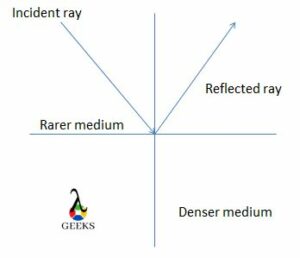
Reflection vs Diffraction in terms of medium
Reflection of incident light mainly depends on the property of the target. If the target surface is smooth and glassy, the incident light will instantly bounce back into the same medium.
Diffraction does not depend on the medium directly but is connected with the refraction, where the light bends around the corner of the target object. In this case, it comes out as a sound too.
When light enters from a rarer medium to a denser medium, there will be a slight change in the speed of light along with a significant change in direction. The reason is that the denser medium will have a different refractive index than the rarer medium.
When the rarer medium is regarded to be air and the denser medium is water or oil, the light passing from another will face a change in the direction and a change in the speed too.
For example, when a ray of light is incident on a mirror, it will reflect back the exact image of the light in return. This is because the light is reflected back into the medium but at a different angle to that of the incident angle.
But in Diffraction, the light ray will enter another medium will, refract, and will bend around the corner of the medium. For example, if we yell inside a room, the wall will stop the reflection, but the sound will stay within the walls.
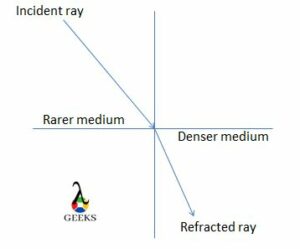
Reflection vs Diffraction in terms of incident light
For reflection, the incident light can be a wave or a particle, but for Diffraction, the incident light must be a wave.
When a particle of light is incident on a target surface, it will reflect back into the same medium depending upon the type of target surface, but in Diffraction, the incident ray must be a wave in order to bend around corners.
Like we said earlier, when a particle or a wave strikes on a target surface which is a mirror, it will reflect back the exact same image if the particle or a wave in turn. But in Diffraction, if a wave passes through a pinhole, it will refract in the medium and will come out as different sets of light waves.
So for the light to bend around corners and to pass through a pinhole or any type of medium, the incident light must be a wave in order to produce more waves.
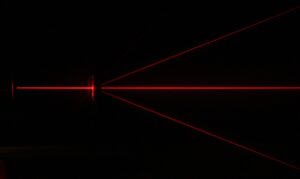
Frequently Asked Questions
What is refraction?
When an incident light passes from one medium to another, it will change the direction and speed.
If any light wave or a particle moves from a different medium, it will face a change in direction and in speed. Depending upon which the refracted ray will either travel towards the normal or away from the normal. The speed and direction in refraction will vary compared to that of the incident light.
What are refracted rays and diffracted rays?
Refracted ray travels towards or away from the medium, and diffracted ray is the result of the bending of light.
In refraction, the incident light can be a particle or a wave and, depending upon the medium, will move away or towards the normal. But a diffracted ray is the one that is passed through a medium, say a pinhole; coming out of it will be another set of a new wave pattern. A diffracted ray has also sound accompanied with it.
Does a sound wave reflect or refract?
A sound wave can be both reflected and refracted. The reflection and the refraction of sound occur according to the type of medium.
A sound wave in a vast hall is certainly reflected because the medium is large, and there is no other second medium for it to enter. So it is reflected back to back, and that’s how a sound is heard in a place. Also, sound waves require a medium to travel without which it cannot be reflected or refracted. When the medium is not very dense, the sound waves refract, and it will not stop at the boundary of the medium.
Also Read:
